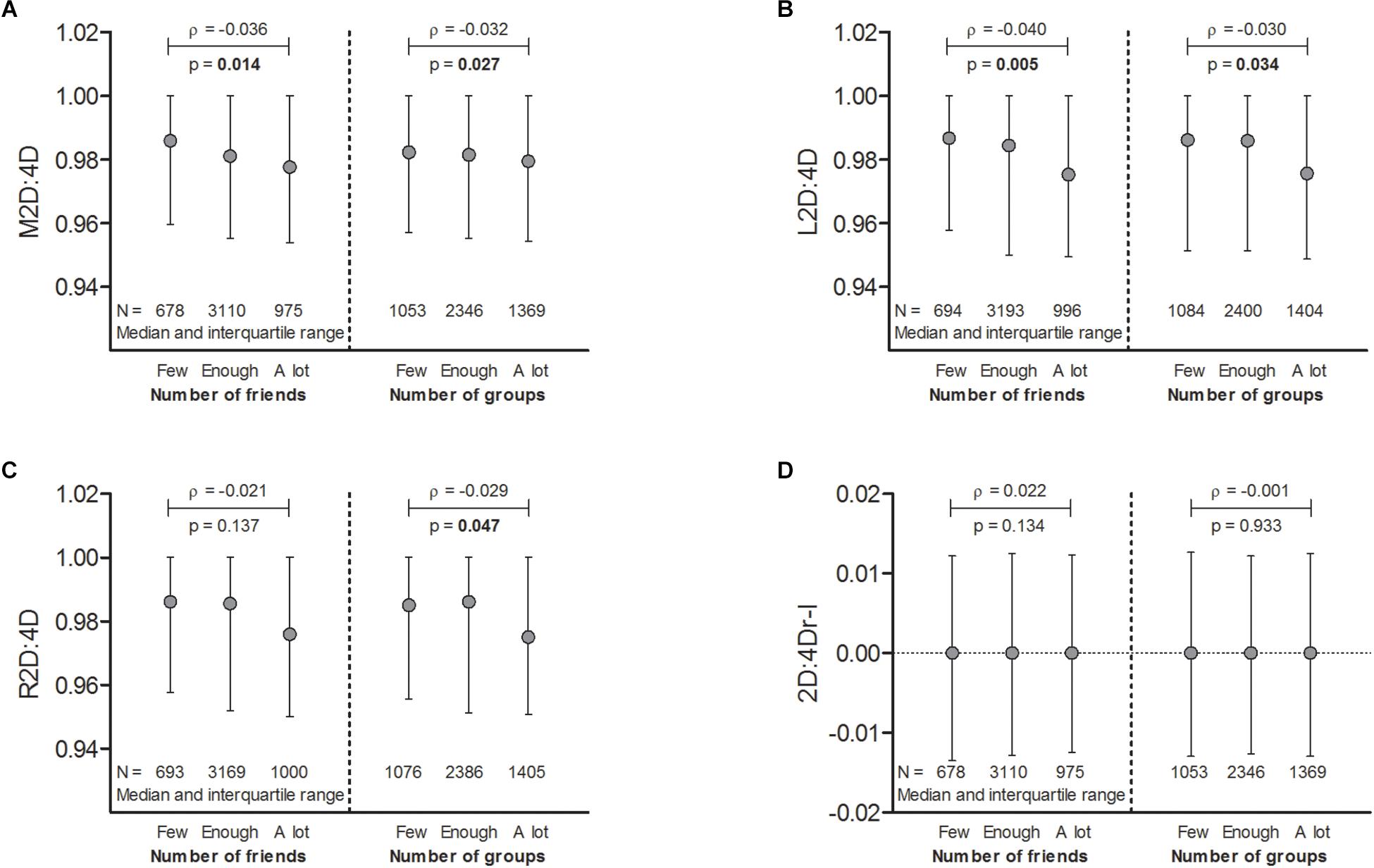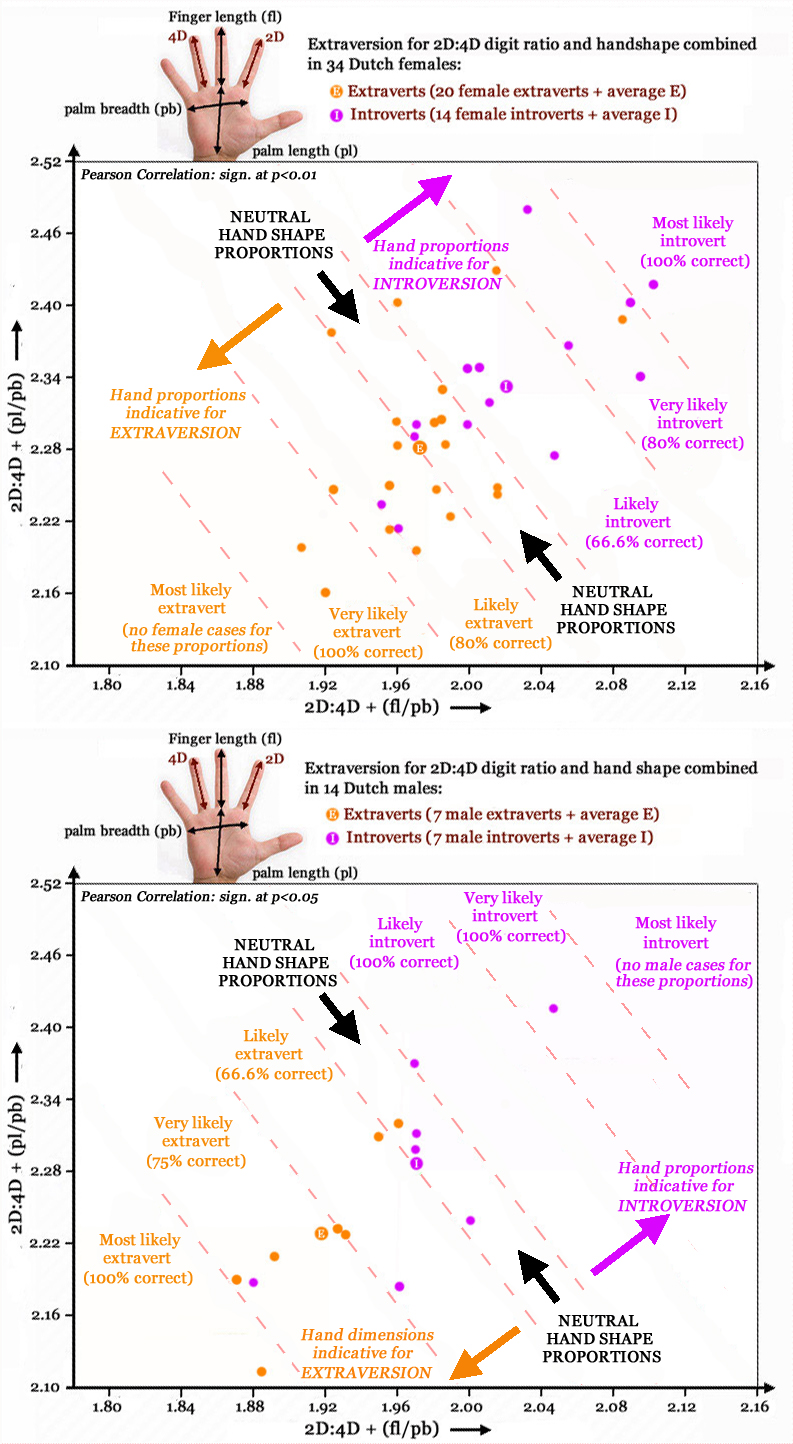
As a result, physical markers of putative biological processes, or “biomarkers,” might help inform our understanding of the process of psychological sexual differentiation 4. Variations in testosterone exposure may thus leave a “fingerprint” on the body along with shaping the brain and subsequent behavior. Brain development occurs in parallel with the development of other physical characteristics (e.g., genital formation 7). Neurohormonal theory argues that sex differentiation of the brain and body is largely due to the influence of gonadal hormones (e.g., testosterone) during pre- and perinatal development 2, 3, although genetic and immunological factors likely also play a role 4– 6. The precise roles of biological mechanisms in the development of sex differences are as yet not entirely clear. Sex differences in the body, brain, and behavior are among the largest dimensions of variation in humans 1. Thus, it appears the various anthropometrics inform separate biodevelopmental processes that differentially relate to sexual orientation and gender identity/expression depending on the measure in question as well as birth-assigned sex. Groups of individuals who tend to be more masculine (i.e., toms, lesbians) showed more male-typical patterns on weight and leg length than some groups of individuals who tend to be less masculine (i.e., heterosexual women, dees). In birth-assigned females, there were no clear sexual orientation effects, but there were possible gender-related effects. Using regressions, in birth-assigned males, less male-typical second-to-fourth digit ratios in the left hand were associated with sexual orientation towards men regardless of gender identity/expression, whereas shorter height and long-bone growth in the arms and legs were more evident among sao praphet song-who are both sexually oriented towards men and markedly feminine. Exploratory factor analyses indicated the biomarkers should be analyzed independently. We examined eight anthropometrics in 1404 Thai participants varying in sex, sexual orientation, and gender identity/expression: heterosexual men and women, gay men, lesbian women, bisexual women, sao praphet song (transgender birth-assigned males), toms (transgender birth-assigned females), and dees (birth-assigned females attracted to toms). Significant sex and population differences in mean 2D:4D were apparent.The biodevelopment of psychological sex differentiation is putatively reflected in several anthropometrics. (b) Sex and population differences in mean 2D:4D in samples from England, Germany, Spain, Hungary (including ethnic Hungarians and Gypsy subjects), Poland, Jamaica, Finland, and South Africa (a Zulu sample). Waist:hip ratio in a sample of English and Jamaican women was negatively related to 2D:4D. This suggested that genes inherited from the father had some influence on the formation of the 2D:4D ratio.

Comparison of 2D:4D ratios of 62 father:child pairs gave a significant positive relationship.

The English sample also showed that married women had higher 2D:4D ratios than unmarried women, suggesting male choice for a correlate of high ratio in women, and that a female 2D:4D ratio greater than male 2D:4D predicted high reproductive success within couples. Significant negative associations were found between 2D:4D in men and reproductive success in the English and Spanish samples and significant positive relationships between 2D:4D in women and reproductive success in the English, German, and Hungarian samples. (a) reproductive success and 2D:4D from England, Germany, Spain, Hungary (ethnic Hungarians and Gypsy subjects), Poland, and Jamaica (women only). The patterns of expression of 2D:4D are interpreted in terms of sexually antagonistic genes.We report data on the following. It is argued that high prenatal testosterone and low estrogen (indicated by low 2D:4D) favors the male fetus and low prenatal testosterone and high estrogen (indicated by high 2D:4D) favors the female fetus. It recently was suggested that 2D:4D is negatively correlated with prenatal testosterone and positively correlated with prenatal estrogen. The ratio between the length of the 2nd and 4th digit (2D:4D) is sexually dimorphic, with mean male 2D:4D lower than mean female 2D:4D.


 0 kommentar(er)
0 kommentar(er)
